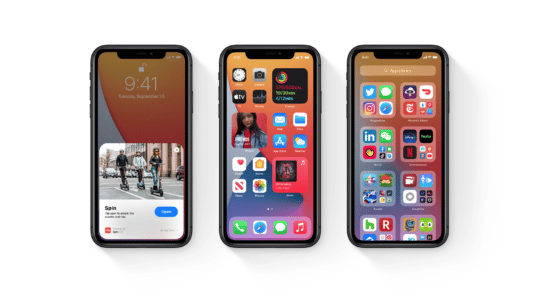This is a guest blog post from Tomer Hen, founder of MobCo Media.
The last few years have witnessed a major shift in the mobile performance market. Volume of installs, long regarded as the trademark metrics of successful user acquisition, are now seen as out-dated. Many advertisers have instead turned toward engagement goals such as retention, registration, and users’ actions. But while advertisers and publishers recognize the importance of quality and engagement, they frequently find it difficult to measure and control it, with the main problem being the way quality feedback is delivered to end-point sources. These sources rarely have direct access to data and have to contend with waiting for (often delayed) feedback reports.
MobCo Media has overcome this problem by approaching it from a different angle. Instead of focusing on installs and treating quality as a byproduct, we consider users’ engagement actions our main focus. By using the Offer Goals feature within HasOffers, we can measure these actions and set them up as specific (and, more importantly, transparent) campaign goals with unique tracking pixels. Each engagement-driven campaign is set with multiple conversion points according to the desired user’s actions and advertiser’s defined metrics. When used alongside Source ID parameters, it allows for a better and more efficient optimization process with live, real-time feedback.
Using Offer Goals to Optimize Engagement-Driven Campaigns in Three Ways
- The first and more traditional method is to set Hidden Goals. It allows the advertiser to define specific post-install events and share them with us, so that we will be able to receive in-house live feedback without the need to introduce additional third-party tracking services. Combined with Source ID data, it enables us to see the post-install engagement metrics of each sub-source and conduct efficient real-time optimization. Even though metrics are not shared directly in the Hidden Goals method, we can provide our media sources with reports and feedback for their (and each of their sources’) traffic. We often employ this method with our direct gaming apps. These campaigns are promoted by our direct mobile-web and in-app media sources, which we can easily and effectively optimize with the real-time engagement data we get from Offer Goals.
- A more powerful method of using the Offer Goals feature is with Visible Goals. This method not only enables us to see each sub-source’s engagement metrics, but also to share the data on a real-time basis with them and allow them to take an active part in the optimization process. In fact, publishers who use HasOffers’ platform can implement the same post-install tracking pixels on their end, and receive live feedback on their sources’ post-install engagement metrics. Thus, Visible Offer Goals allow you to create a real-time feedback chain stretching all the way from the app developer to the various end-point sources. We often use this method when we work with other networks and are looking for a wide reach. The optimization process becomes a shared project of all those participating in promoting the offer. It is no longer a rude elimination process with late-to-come feedback, but a subtle and accurate “pick-and-choose” process of multiple end-point sources and various engagement metrics.
- However, the most promising feature of Offer Goals is that of Paid Goals. This incredible method has (the yet unfulfilled) potential of reshaping the way mobile performance marketing is done. It allows advertisers to promote their apps in a cost-per-engagement (CPE) manner, with different rates for various post-install events. For an example, in a shopping app campaign we recently launched, we rewarded our partners not only for installs, as is customary in cost-per-install (CPI) campaigns, but also for subscriptions and purchases. Like the Visible Goals method mentioned above, this multi-tiered system turns publishers into active partners in the optimization process. They can implement the post-install offer goals on their ends and track their engagement performance (and revenues) in real time. Engagement is no longer just an abstract qualifying metric, but becomes a rewarding goal your publishers can aim for. The potential of this method is endless, with countless CPE structures available according to the desired user’s actions and advertiser’s defined metrics. By incentivizing engagement we can go beyond mere downloads and focus on the truly important aspect of mobile performance–on engagement.
We hope by sharing our insight into using Offer Goals that we help other HasOffers clients get the most out of their engagement-driven campaigns. For help or any questions, please reach out to us at [email protected].
Like this article? Sign up for our blog digest emails.
Author
Becky is the Senior Content Marketing Manager at TUNE. Before TUNE, she handled content strategy and marketing communications at several tech startups in the Bay Area. Becky received her bachelor's degree in English from Wake Forest University. After a decade in San Francisco and Seattle, she has returned home to Charleston, SC, where you can find her strolling through Hampton Park with her pup and enjoying the simple things in life.





Leave a Reply
You must be logged in to post a comment.